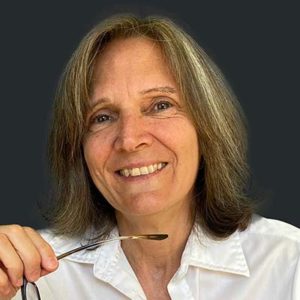Hello and Welcome!
Karen Lee Morton
M.A. Dispute Resolution

Your quickest way to identify when emotions are influencing your decisions is to pay attention to your body, where your emotions play out. You do this most easily through your metaphors, because the expressions you use, usually without thinking, say a lot about your emotions and how you experience your situation.
About Me
Relevant Projects
I Know Me
7 rhyming stories demonstrate foundational skills for transforming stress and conflict. Approved by the Registry of Bullying Prevention Programs, Ontario Ministry of Education.
Emotion Commotion
Nine easy-to-read chapters with full colour images lay out the research on emotions and their connection to metaphor, and present three simple steps for transforming negative emotions on-the-fly.
An excellent resource for anyone working with kids or interested in healthier decision making in their own life.
Emotions Awareness & Transformation (EAT™) Training
The EAT™ workbook takes you the next step. It leads with the key concepts from Emotion Commotion, and presents 34 opportunities for you to identify and name your emotions, and use the 3-step LDT™ process (Locate, Describe & Transform™) to transform them.
The exercises are based on 34 stanzas from I Know Me.
More than 25 years later, the same issues merely take on a new shape
“A Kindergarten‑Grade One (‘K‑1’) teacher asked the Surrey School Board to approve three books as supplementary learning resources, for use in teaching the family life education curriculum. The books depicted families with same-sex parents. The Board passed a resolution declining to approve the books. The Board’s overarching concern, as found by the trial judge, was that the books would engender controversy in light of some parents’ religious objections to the morality of same‑sex relationships. The Board also felt that children at the K‑1 level should not be exposed to ideas that might conflict with the beliefs of their parents; that children of this age were too young to learn about same‑sex parented families; and that the material was not necessary to achieve the learning outcomes in the curriculum.”
“The School Board’s decision was unreasonable in the context of the educational scheme laid down by the legislature.”
Picture an early summer evening in the late 1990s. I am travelling British Columbia, offering public seminars on the human rights code. The catalyst: A strident “focus on the family” group argues vociferously against any discussion of sexual orientation in schools. The issue: James Chamberlain wanted to read a supplementary story to his kindergarten class about a child with two daddies.
The current venue is the university in Prince George. The auditorium is large; the audience is small. Perhaps a dozen people, equally and sharply divided, sit in two camps: the focus on the family group is straight ahead; the lesbians and gay men are off to my right. There are tense whispers, sideways glares, and short tempers.
A few of the LGBTQ2S+ participants ask questions but mainly, they listen. And as the seminar goes on, they begin to relax.
Only one person asks questions from the other group, and he prefaces every one with the statement that he is just a simple farmer trying to understand. As I patiently and conversationally respond to each of his “what if” scenarios, this group also begins to relax.
At the end of the evening, nobody rushes out, and while they remain in their own groups, conversation is more relaxed and the hateful glares have ceased. The “simple farmer” approaches me.
“I’m not actually a simple farmer,” he says. “I’m the leader of this group.” As he reaches out his hand to shake mine, he pays me one of the greatest compliments I have ever received. “I didn’t always like what you said,” he tells me. “But I like the way you said it.”
I look forward to engaging in equally supportive and transformative conversations with you, your students, and your employees.
